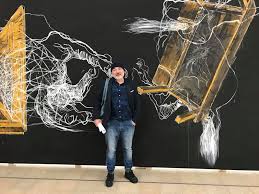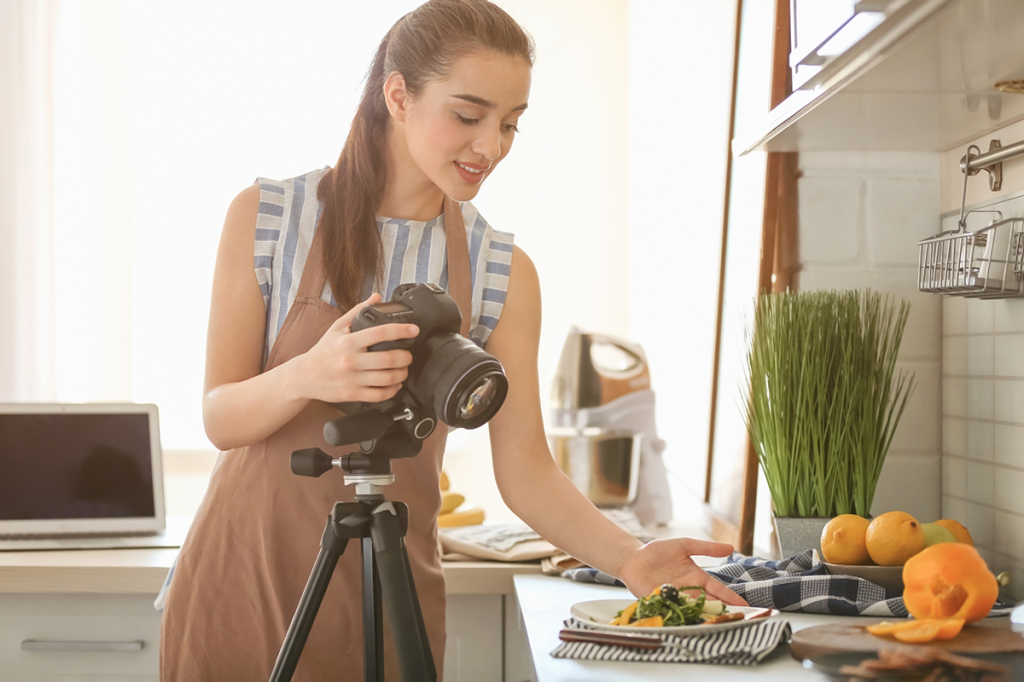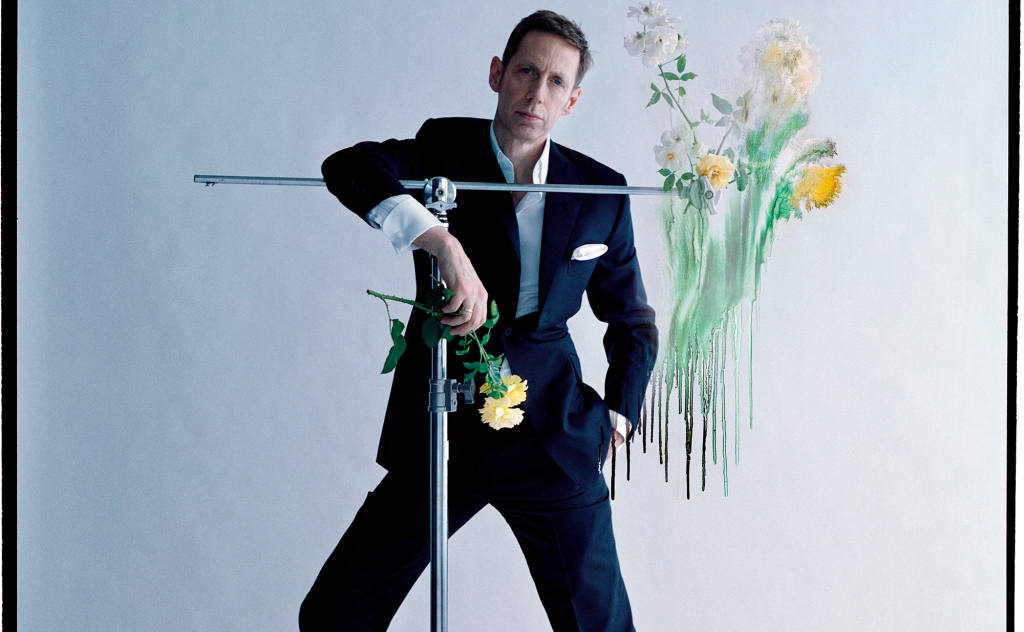f nature itself
What is professional photography and who is a professional photographer.
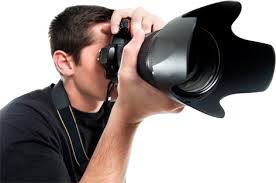 Why the cost of professional photography is higher than amateur.
Why the cost of professional photography is higher than amateur.
Turning to a professional, you expect to get high-quality and beautiful photos. In order to justify your expectations and embellish them, a professional photographer must use equipment that allows not to limit the implementation of ideas. Professional equipment is expensive, in contrast to the usual “soap dish” has a limited resource of work, which decreases with each shot made, which leads to costly repairs. Add to this the time and technical costs of processing each frame from the footage, because you want to get photos with beautiful colors, the correct brightness and eliminated the shortcomings of the subject ?? Continue reading
Photographic space
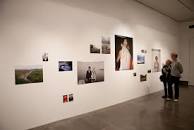 The reproduction of space by the artist is analytical. Creating a certain disposition of objects and figures on the plane, he sequentially builds depth, going from one spatial plan to another. The orientation of our eyes in space is based on a clearly fixed consciousness of verticals and horizontals – no tilting of the observer’s head creates a visual sensation similar to the effects of shooting with a camera tilted up or down. In the same way, the gaze directed into the distance tends to “straighten” somewhat, rationalize space. He involuntarily gives objects indefinitely turned to him more distinct positions, leading to the frontal plane of their face or profile. Continue reading
The reproduction of space by the artist is analytical. Creating a certain disposition of objects and figures on the plane, he sequentially builds depth, going from one spatial plan to another. The orientation of our eyes in space is based on a clearly fixed consciousness of verticals and horizontals – no tilting of the observer’s head creates a visual sensation similar to the effects of shooting with a camera tilted up or down. In the same way, the gaze directed into the distance tends to “straighten” somewhat, rationalize space. He involuntarily gives objects indefinitely turned to him more distinct positions, leading to the frontal plane of their face or profile. Continue reading
Crop and fragment the image
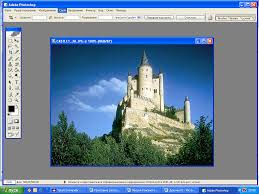 Image cropping is a purely photographic principle, determined by the specific features of the photocomposition, and methods of constructing a photographic space. The device’s lens more or less mechanically “cuts out” a certain sector from the unlimited space of nature. No matter how consciously and deliberately the borders of the frame and the location of the graphic elements in its field are chosen, this does not cancel the principle of fragmentation of nature. On the contrary, it is the photographer’s creative attention to the structure and boundaries of the frame that prompts him to isolate a fragment by the composition method. Continue reading
Image cropping is a purely photographic principle, determined by the specific features of the photocomposition, and methods of constructing a photographic space. The device’s lens more or less mechanically “cuts out” a certain sector from the unlimited space of nature. No matter how consciously and deliberately the borders of the frame and the location of the graphic elements in its field are chosen, this does not cancel the principle of fragmentation of nature. On the contrary, it is the photographer’s creative attention to the structure and boundaries of the frame that prompts him to isolate a fragment by the composition method. Continue reading
